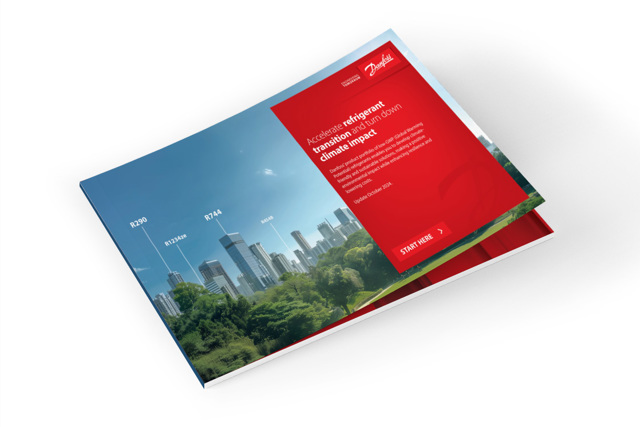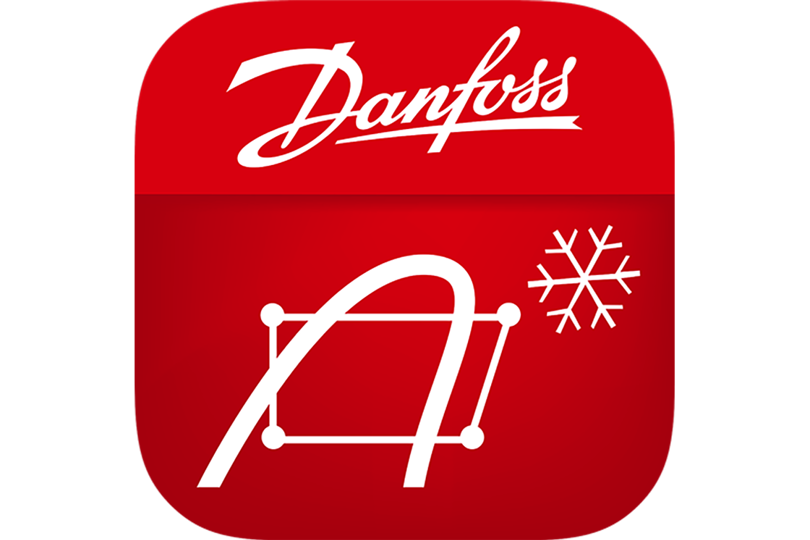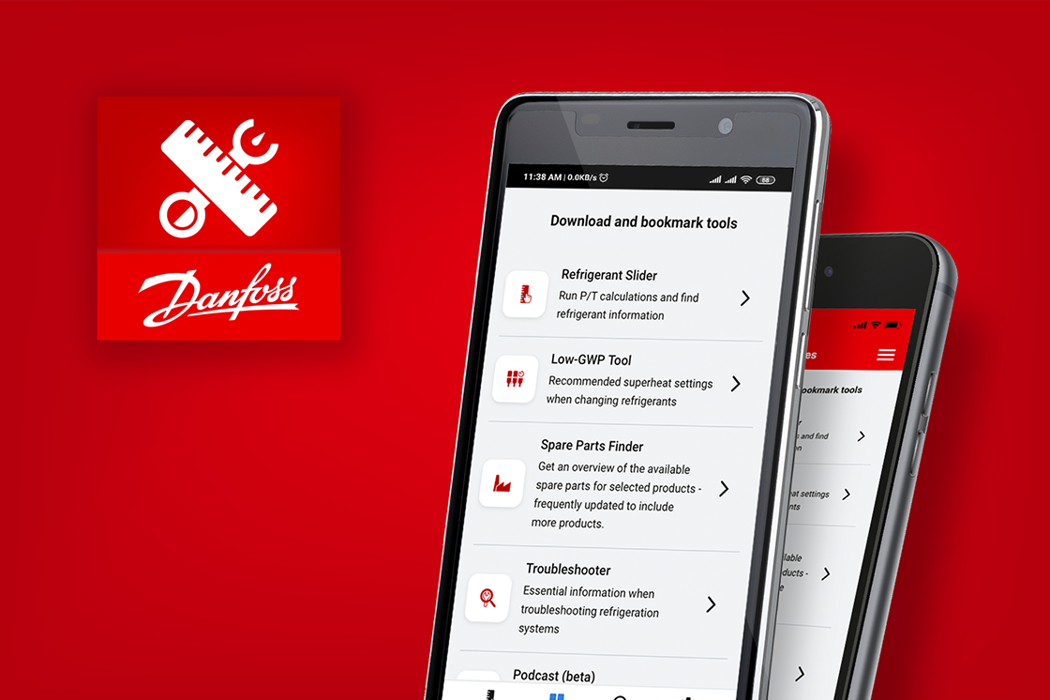General properties
From its pure thermodynamic properties, CO2 is not very well suited as a refrigerant. However, CO2 has several unique thermo-physical properties:
- Very good heat transfer coefficient
- Relatively insensitive to pressure losses
- Very low viscosity
In practical applications, the CO2 systems deliver very high performance, the main reasons being better heat exchange, very low pumping power when CO2 is used as secondary fluid, and in cold climate the possibility of operating with a very low condensing pressure in the winter.
The efficiency of systems with CO2 depends more on the application and the climate than with other refrigerants. For all refrigerants, there is a decline in system efficiency with increasing condensing temperatures, and CO2 is among the refrigerants with the steepest drop. The good thermo-physical properties of CO2 can compensate to some extent, but there is a limit.
CO2 has high energy content at higher temperatures, and when this heat can be reclaimed for heating sanitary water or similar application, the efficiency of the total system becomes very high.



